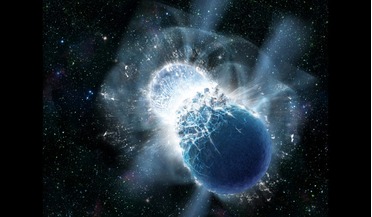 16 October 2017
First detected neutron star merger reveals more than gravitational waves
16 October 2017
First detected neutron star merger reveals more than gravitational waves
... Constant — a unit of measurement to describe the expansion of the universe, first proposed by Edwin Hubble after he announced in 1929, that galaxies, from all directions, appeared to be moving away from us. GW170817 is the first ...
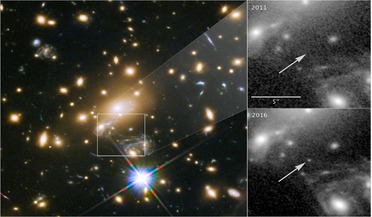 03 April 2018
Astronomers unexpectedly find the most distant star ever discovered
03 April 2018
Astronomers unexpectedly find the most distant star ever discovered
... it’s light was magnified 2000 times greater than normal and Hubble just happened to be poking around in the same galaxy ...of this distant star got magnified, making it visible for Hubble,” says Patrick Kelly from the University of Minnesota, USA,...
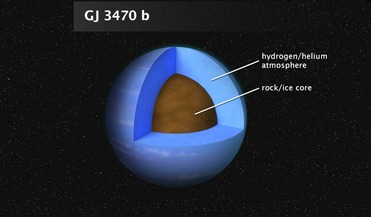 03 July 2019
New study reveals detailed exoplanet atmosphere
03 July 2019
New study reveals detailed exoplanet atmosphere
...study that uses the combined multi-wavelength capabilities of NASA's Hubble snd Spitzer space telescopes to understand its chemical make-up. Gliese ... looked long ago. Observation by NASA's Hubble and Spitzer space telescopes have chemically analyzed ...
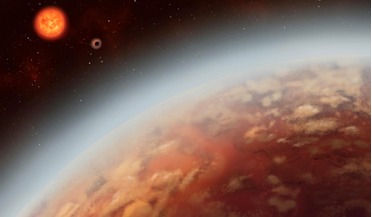 11 September 2019
First detection of atmospheric water vapour on 'super-Earth' in habitable zone
11 September 2019
First detection of atmospheric water vapour on 'super-Earth' in habitable zone
... ‘normal’ star light to ascertain any differences. Although the precise composition of the atmosphere cannot be extracted – Hubble is brilliant, but its not technically capable of determining chemical signatures like other dedicated telescopes – the...
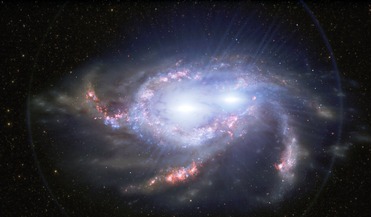 07 April 2021
Astronomers find a rare pair of double quasars in the early Universe
07 April 2021
Astronomers find a rare pair of double quasars in the early Universe
... down to two pairs with the help of the Hubble Space Telescope. Finally, the team used the the Gemini...student at John Hopkins University and the principal investigator of the Hubble observations. “It opens a new direction where we can accumulate...
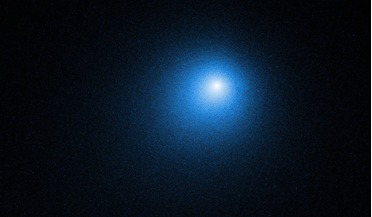 21 December 2018
Still time to see this years brightest comet
21 December 2018
Still time to see this years brightest comet
... became the missions target in the end. NASA’s Hubble Space Telescope photographed comet 46P/Wirtanen on 13 December ...study it in detail. They combined the unique capabilities of Hubble, NASA’s Chandra X-ray Observatory and the Neil Gehrels Swift...